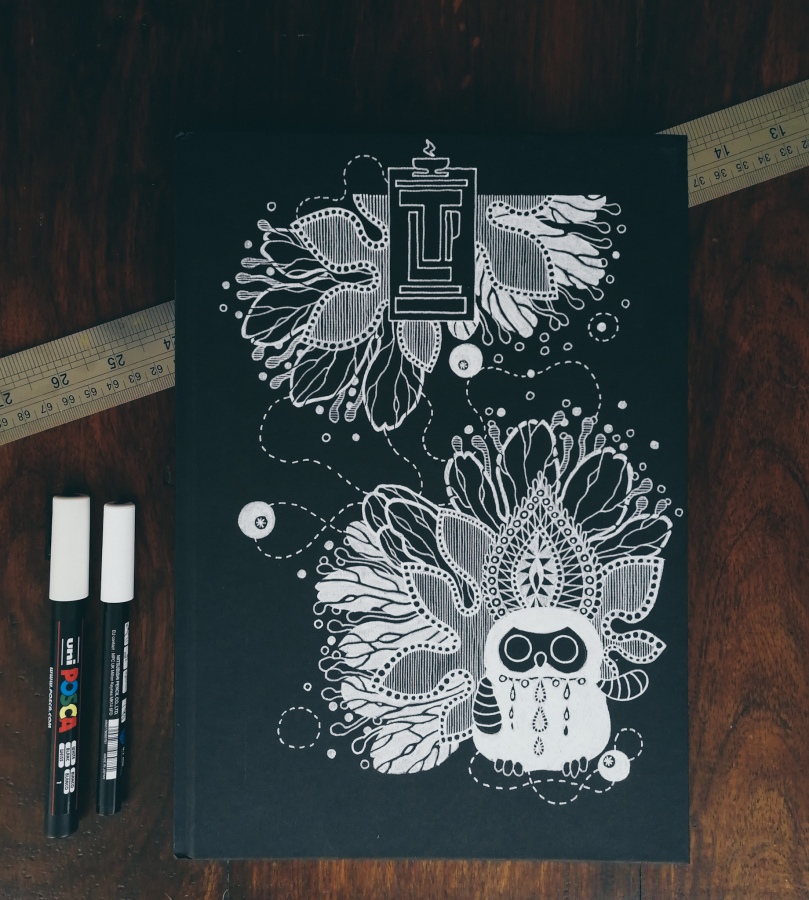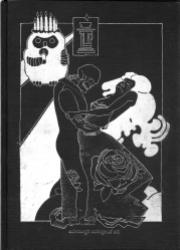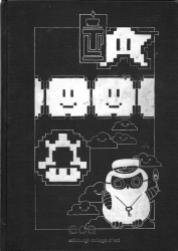Here’s something that is bringing me joy this week: a brand new combine harvester sketchbook!
This one is the 23rd of its kind.
I bought my first sketchbook relatively late, back in August 2010 when I began studying painting at the Edinburgh College of Art. I had always drawn, but in a very goal oriented manner; sketching or any type of visual record keeping felt pointless if not simply antiquated. The head of first year students strongly disagreed, however. He wasted no time pointing out to us, a nervous herd of freshly baked art students huddled in one of the imposing Edwardian painting studios, how we were all missing one of the most important tools of our future trade: a sketchbook. “An artist should carry one at all times”, he proclaimed. Many people rushed to the college shop to buy one that afternoon, including yours truly. From their large selection of different types of sketchbooks, notebooks and pocket-journals, I picked a simple A4 sketchbook, portrait format, with 80 natural white pages bound in black cloth, and I have never looked back.
If you do the quick math, the average time I have spent with each book since that August long ago is around four months. In reality I have devoted anything from three weeks to almost a year to a single sketchbook, depending on the type of project I am working on. At times I draw solely to work out a composition or to try out a new idea, but more often than not, the pages of my books are filled with idle doodles and random notes. Sketching is something that has taught me the value of drawing for leisure and shaped my identity as a painter. Like a mother, I am proud of these volumes and I guard them jealously. They are more important to me than any piece I have painted which is why I am far more uncomfortable about sharing them with the world beyond a few carefully chosen and decisively cropped highlights I post online every now and then.
Throughout the years I have tried out a few different brands, always returning to Seawhite of Brighton for their durability and great value for money. This company made the Edinburgh College of Art-stamped sketchbooks sold at my university art shop and thus ended up being my go-to-sketchbook manufacturer. I am not being compensated to advertise them to you – I wish I was, but I am not. It is simply what I prefer. On the flip side, the only brand I avoid is Canson, not because I would not like the quality of their wears, but because their A4 format is slightly stumpier than the one I am used to and I like my sketchbooks to be uniform in size.
Each book I have has a unique cover, drawn with white acrylic markers, those white gel pens or Tippex. Well, each but the very first, that one I rushed to buy in the beginning of my fine arts course. That particular sketchbook was stolen from my studio in ECA, which is why I started customising the covers in the first place – to make it easier to spot if someone was trying to walk away with my book. After all, every student was encouraged to have a sketchbook and most of them were exactly alike. All my covers carry a monogram and most are graced by a wee toy owl…, because why not. The rest depends on my mood on the day I crack on a new book and the stuff I happen to be working on. For example, one of my past book covers features a flying Volvo simply because I was painting portraits of my dad’s cars at the time. The 23rd cover is in turn purely decorative and, at least in my opinion, one of my better ones. Covered in stylised flowers in full bloom, it has the perfect motif for a spring sketchbook.
Tiina x














































